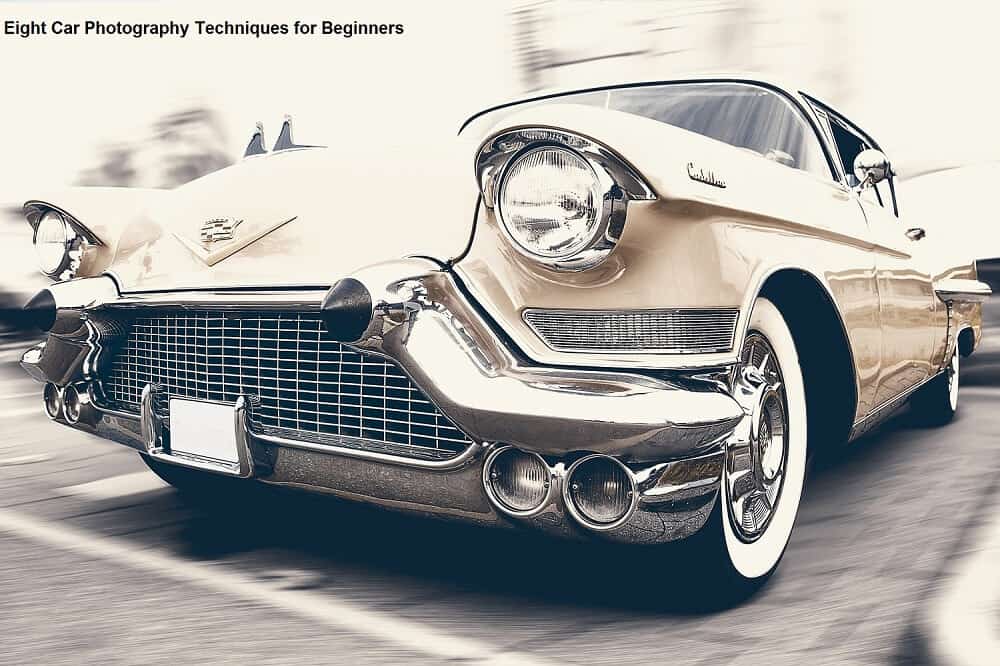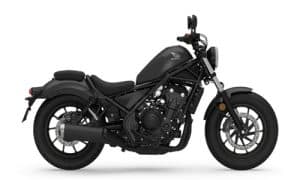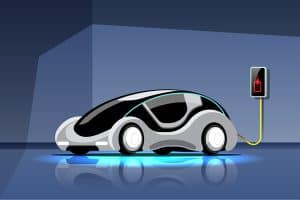Cars. You drive around in them. You sometimes sleep in them. You eat in them. You listen to music while riding them. You clean them. You lose loose change in them. Now, you’re thinking of taking pictures of them. The only issue is that you don’t know how. You might have a camera, but cars pose unique challenges due to their size, their build, and their many reflective surfaces.

Of course, that doesn’t mean it’s impossible to take great pictures of your car or other people’s vehicles. It just means you need to get the right techniques down first before you can start taking snapshots. We have tips that will cover the basics and get you started. You won’t become a professional with just these alone, but you will get a solid foundation to build upon.
Table of Contents
Get the Right Gear
Your first order of business is to have the right gear. What specifically you need will vary based on how and where you’re shooting. If you’re looking to go into a long photoshoot, you might want a Soonwell V mount battery as a spare. If you intend to shoot a moving car from inside another moving car, you’ll want a camera with the right settings. A camera tripod is going to be essential too.
A related tip here is to know what the equipment does. Read the manuals and understand the features. Everything from the aperture and exposure systems to the ability to reduce visual noise should be something you know and understand. Tampering with these features can help you achieve incredible things with your photos.
Pick Your Time
It is important to take a picture at the right time of day. This helps reduce the need to rely on a flash, long exposures, or artificial lighting. The best periods are in the minutes before sunset or after the sunrise. This gives you just enough light to get the job done, rather than the more overwhelming amount of illumination you get during noon or the early afternoon.
Watch Out for Reflections
Look out for any reflections. Polished metal and the windows can all be reflective surfaces, and the wrong one can ruin your shot. This is something that has driven more than one photographer to frustration. To counter this issue, what you do is to provide an open space for the shoot, rather than an enclosed one.
To focus on the design lines, the thing that people call the “curves.” One method to reduce the risk is to have nothing behind you when you shoot. No trees, no buildings, or anything of the sort. Just have the space as clear as possible. At the same time, use a tripod to set the angle and use the camera timer so you don’t need to risk yourself being reflected on the car surface.
Color, Color, Color
Look at the colors of your car. Some colors work well with low-intensity light, while others look better awash in the light of midday. Yes, we know this will affect the timing of your shoot. However, taking the pictures at the right time for the right color can make things pop better. It can also help you decide whether or not you need to make changes to the schedule.
Take a Moving Shot
If you plan to take a picture of a moving car and don’t want it to appear like a blur, you want to take that shot while you’re also moving. The best way to take a shot of a car is to be moving alongside them.
If you do this, you’ll need to be prepared. There are features and options on your car to adjust, so the camera is ready to take the best possible pictures despite the difficult conditions. In particular, reducing the shutter speed is going to be useful. Shots like this let you capture some nice movement along the road and the wheels. Just don’t go overboard, because if the shutter speed is too slow, you could end up with unsharp images.
Perfect the Background
Pick a background that suits the car and the theme you’re going for when you shoot. Clear it out and remove things like dust bins and clutter, so there’s nothing that is distracting away from the car. Much like fashion photography, anything you use in the background has to better frame the vehicle instead of distracting from it.
Roadside Moving Shots
Now, moving cars can be challenging to shoot, but if you want to capture it in motion, you need to learn how. One method as noted above is to drive alongside it. Another is to stand next to the road while it drives past.
Follow the car with the lens, keeping the movement as smooth as possible. Have the shutter speed at 125th of a second, so you can best capture the object in motion without becoming a blur. This will create a crisp, clear image of the car while still retaining that particular visual momentum that comes with being a moving object.
Use Nature
Nature and environment are going to be omnipresent, so you might as well make use of it. Have the vehicle move around and interact with the features of nature, like dirt and sand flying into the air as a 4WD takes a turn at high speed. This makes for great visual pop, a dynamic image that can do wonders for how the car is perceived.
Conclusion
Shooting a car is a challenge, the reflective surfaces being the biggest among them. However, it isn’t impossible. With a few techniques and knowledge of what your equipment can do, you can shoot cars and get great visuals each time.


